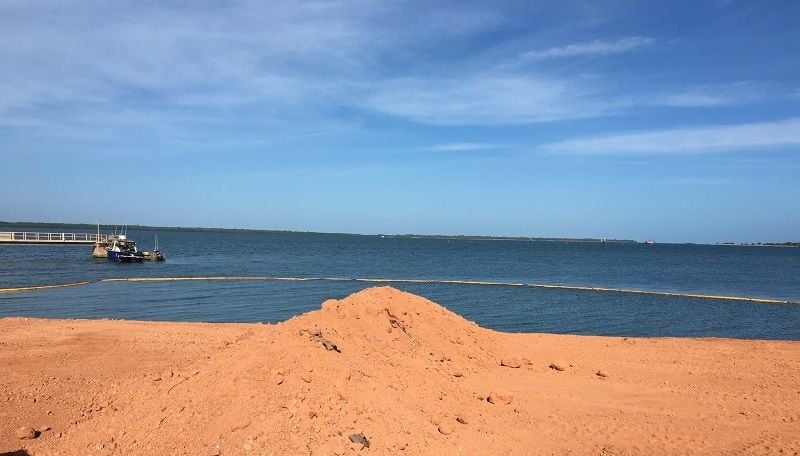Sensitivity Mapping for Better Situational Awareness
)
Sensitivity mapping is the process of determining the overall impact of an oil spill on the local environment. It helps you map out environmentally sensitive areas (ESA), in other words, natural areas where the damage caused by an oil spill would have a particularly damaging effect.
Sensitivity mapping is a crucial step in creating situational awareness in your project. Situational awareness is the ability to understand what is happening around you, which allows you to plan your operations adequately and to prepare for possible disasters.
Environmentally Sensitive Areas
Environmentally sensitive areas refer to any landscape that requires special protection because of its ecological, social or historical value.
Some examples of environmentally sensitive or at-risk areas include:- Sensitive shorelines - Some shorelines are more sensitive to oil spills than others are. Their level of sensitivity is determined by several factors, including the soil type, their exposure to waves and tides, their biological productivity, and the ease of clean up. Areas that are harder to clean up because of the complexity of their ecology, for example, marshes and tidal flats, typically rank higher on the sensitivity scale.
- Biological resources - Biological resources refer to any area that serves as an important habitat for animals. These include bird nesting grounds, estuaries and shellfish beds. Animals living in these areas are easily affected by oil spills, which are potentially deadly to them.
- Human-use resources - Human-use resources refer to areas where people live or work. Public beaches and parks fall under this category. Oil spills can be just as dangerous to people as they are to animals, and the clean-up effort can be significant.
Sensitivity Mapping
Sensitivity mapping helps you determine how sensitive an area is. This helps combat major oil pollution incidents and improve response times in case something does happen.
Mapping will also cover contingency plans each area of the map will require a different response strategy. Oil absorbent products vary greatly in form and function. You will need sensitivity mapping to understand which product will work best under which circumstances.
Argyle Commercial offers a range of products for cleaning up oil spills. Contact us today to learn more.
About Us: Since 1997, Argyle Commercial has been a leading supplier of spill response equipment, dangerous goods storage and engineered silt curtain solutions. We help customers comply with environmental and OH&S regulations, making work environments safer and more risk free.
This blog post is intended as a guide only, and should not be relied upon as professional and/or legal advice. Argyle Commercial will not be held liable for any damages or losses caused by using information provided in this post as a basis for any decision where any such damages or losses may result.
| Tags:Industry News |
Post comment

